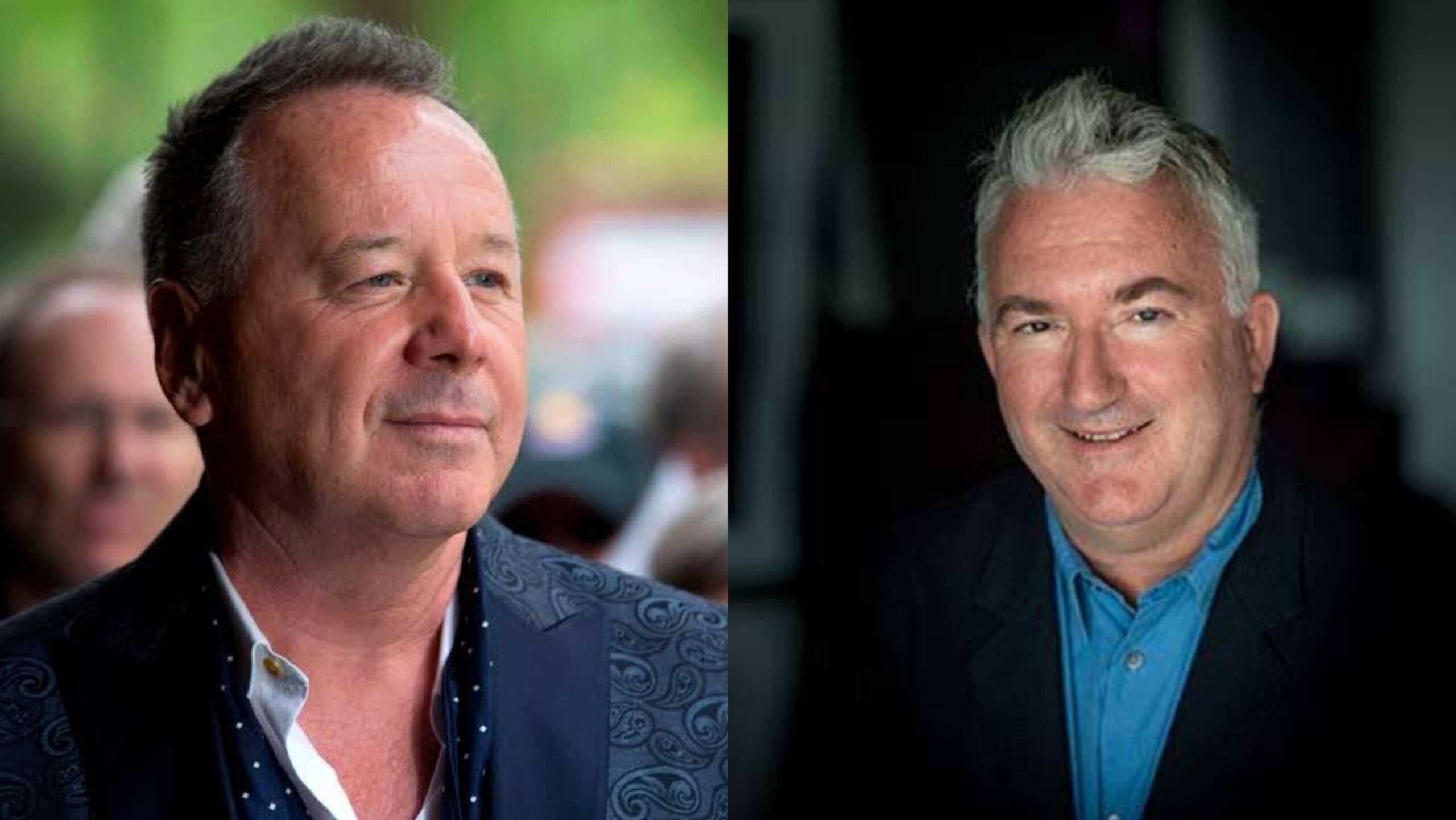James Kerr on Building High-Performing Teams: Strategies for Lasting Impact

In the world of leadership and high performance, few names resonate as strongly as James Kerr. Known for his groundbreaking work on team dynamics and culture, Kerr has become a go-to authority for businesses and organizations looking to optimize their teams. His insights draw from decades of research, consulting, and practical applications in various industries. Most notably, Kerr’s book Legacy, which delves into the inner workings of New Zealand’s All Blacks rugby team, has set a new standard for understanding leadership, team building, and sustained excellence. In this article, we will explore James Kerr’s strategies for building high-performing teams and creating a lasting impact.
The Essence of Leadership: Inspiring through Purpose
One of Kerr’s core beliefs is that great teams are led by great leaders. But for Kerr, leadership is not just about authority or giving orders—it’s about inspiring through a shared sense of purpose. High-performing teams are united by a common goal or mission that transcends individual ambition. Leaders must communicate that purpose clearly and consistently, embedding it in every aspect of the team’s activities.
In Legacy, Kerr highlights the All Blacks’ mantra, “Leave the jersey in a better place.” This guiding principle is more than just a slogan—it reflects the deep sense of responsibility each player feels toward the team’s legacy. It motivates them to go beyond personal gain and focus on the greater good of the team. For Kerr, leaders in any organization should strive to create such a compelling purpose that every member feels intrinsically motivated to contribute their best efforts.
Building a Strong Team Culture
At the heart of any high-performing team is a strong, cohesive culture. Kerr emphasizes that culture is not something that happens by accident—it must be deliberately created and nurtured. A team’s culture dictates how members behave, how they collaborate, and how they respond to challenges.
Kerr often points to the All Blacks’ use of rituals and symbols to reinforce their culture. From the famous pre-game haka to the team’s off-field behaviors, everything is designed to strengthen a sense of unity and pride. For Kerr, businesses and organizations must also define and cultivate their culture. This includes creating rituals, shared values, and a clear code of conduct that governs how team members interact with one another.
Furthermore, Kerr believes that culture is dynamic—it evolves as the team grows and faces new challenges. Leaders should regularly assess and adapt the culture to ensure it remains aligned with the team’s goals and external environment.
Empowering Individuals through Trust and Responsibility
In high-performing teams, trust is paramount. Kerr argues that leaders must foster an environment where team members trust one another and feel trusted by their leaders. This involves giving individuals the autonomy to make decisions and take ownership of their roles within the team. Kerr stresses that empowerment breeds accountability—when team members are trusted to do their jobs, they take greater responsibility for their performance.
Kerr is a strong advocate for what he calls “distributed leadership.” Rather than having one leader who makes all the decisions, Kerr believes that leadership should be shared among team members. This approach not only builds trust but also ensures that the team is more resilient and adaptable. When every member feels like a leader, they are more likely to step up in times of crisis or uncertainty.
The Importance of Continuous Learning and Adaptability
High-performing teams are not static—they are constantly evolving and improving. Kerr emphasizes the importance of a growth mindset, where individuals and teams are always seeking to learn, adapt, and innovate. For Kerr, complacency is the enemy of excellence. Teams that rest on their laurels will quickly be outpaced by more agile, innovative competitors.
Kerr highlights the importance of feedback in the learning process. In high-performing teams, feedback is not something that happens once a year during a formal review—it is continuous and constructive. Kerr advocates for a culture where feedback is seen as a tool for improvement, not criticism. When feedback is given frequently and in the right spirit, it helps individuals and the team as a whole to grow and adapt.
In sports, this might mean reviewing game footage to identify areas for improvement. In business, it could involve regular debriefs after projects or initiatives to discuss what went well and what could be done better. The key is to create a learning environment where everyone is committed to improving and where mistakes are seen as opportunities for growth.
Resilience and Mental Toughness
One of the standout themes in Kerr’s work is the importance of resilience. In any high-performing team, there will be setbacks, failures, and challenges. What separates the best teams from the rest is their ability to bounce back from adversity. Kerr emphasizes the need for mental toughness, both at the individual and team levels.
Resilience is about maintaining focus and drive in the face of challenges. For Kerr, this is where strong leadership and culture come into play. A leader who fosters a culture of accountability, trust, and continuous learning will naturally develop a team that is more resilient. When team members feel supported and empowered, they are better equipped to handle stress and bounce back from setbacks.
Kerr also highlights the importance of self-care and balance. High performance is not about working endlessly without breaks—it’s about managing energy and staying mentally and physically fit. For the All Blacks, recovery and rest are just as important as training. Kerr believes that organizations should take the same approach, encouraging employees to take time for rest and rejuvenation.
Setting High Standards and Maintaining Discipline
Kerr is a firm believer in the power of setting high standards. High-performing teams do not settle for mediocrity—they consistently strive for excellence in everything they do. Kerr argues that this commitment to high standards must be ingrained in the team’s culture. It’s not enough for leaders to demand excellence; team members must hold each other accountable to the same standards.
Discipline is a key component of this. For Kerr, discipline is not about punishment—it’s about consistency and commitment. High-performing teams are disciplined in their approach to training, preparation, and execution. They have clear processes and structures in place that help them maintain focus and deliver results, even under pressure.
The Role of Humility in Team Success
While Kerr emphasizes the need for confidence and mental toughness, he also stresses the importance of humility. High-performing teams are made up of individuals who are willing to put the team’s success ahead of their own ego. For Kerr, humility is about recognizing that no one person is bigger than the team, and that success is a collective effort.
The All Blacks, despite their dominance in rugby, are known for their humility. Kerr often points to the tradition of senior players cleaning the locker room after matches as an example of this. No matter how successful or famous they are, every player is expected to contribute to the team in the same way. This humility fosters a sense of equality and unity within the team.
Sustaining Long-Term Success
For Kerr, the ultimate goal of building a high-performing team is not just short-term success, but sustained excellence over the long term. This requires a clear strategy for succession planning and knowledge transfer. High-performing teams are not dependent on one or two individuals—they are designed to thrive even as members come and go.
Kerr emphasizes the importance of mentoring and developing future leaders. In successful teams, senior members are expected to pass on their knowledge and skills to younger members, ensuring the team remains strong and capable even as it evolves. This focus on long-term development helps create a legacy of excellence that endures beyond any one individual’s tenure.
Conclusion
James Kerr insights into building high-performing teams offer a blueprint for leaders in any field. By focusing on purpose, culture, trust, adaptability, resilience, discipline, humility, and long-term success, leaders can create teams that not only achieve great things but do so consistently over time. Kerr’s work reminds us that success is not an accident—it is the result of deliberate, thoughtful leadership and a commitment to continuous improvement. For those looking to create a lasting impact, Kerr’s strategies provide a powerful starting point.
Also Read: Benjamin Caron: Championing Innovation and Growth in Swindon



Post Comment